Just what does it take for a grape to become wine that lives up to Napa Valley’s reputation for quality? Follow the story below to understand the life cycle of the grape from vine to wine.
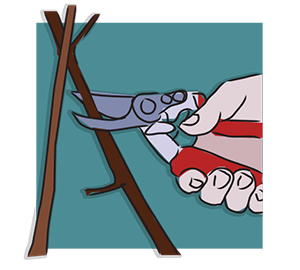
More wine grape varieties grow in Napa Valley than in any other region of comparable size in California. As a result, our winter pruning season takes place over an extended period of time. Pruning is a highly skilled vineyard practice. The purpose is to guide the vine in certain directions and for particular purposes. In Napa Valley, much of this work is done by vineyard workers who are year-round employees. Here’s one example of the precision with which winter pruning decisions in Napa Valley are made: some vintners may prune their Merlot vines a full two weeks later than normal in order to align the stages of growth with the later-ripening Cabernet Sauvignon, Merlot’s frequent blending partner.
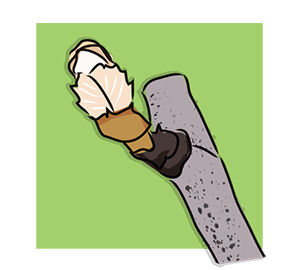
The first tender buds of the growing season emerge from the dormant vine during bud break. Depending on vine variety and vineyard location, bud break can take place over a two month period throughout Napa Valley. With such great viticultural diversity, one might think that Napa Valley is quite large. However, our little region is only 30 miles long by five miles wide at its widest point. Only 9% of Napa Valley is planted to grapes and the region has just one-eighth of the vineyard acreage of Bordeaux.
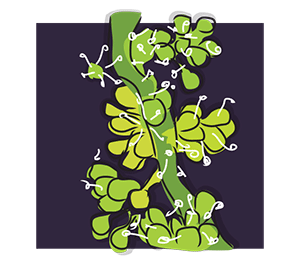
After a month or so of vegetative growth, a vine will develop tight bunches of tiny flowers. Each flower has the potential to form a single grape berry. Frost and wind are concerns at this stage of development. When there is danger of frost, vintners and growers take steps to protect the tender young shoots, including the use of large fans to circulate the cold air; sprinkling the vines with water to coat them in a blanket of protective ice; and use of heaters to warm the air temperature in the vineyard. In the Napa Valley, grapes grow at elevations ranging from sea level to 2,600 feet. The variance in temperature from the cooler, southern Carneros region, with its San Pablo Bay influence, to the northern Calistoga subappellation, can be ten degrees Fahrenheit or more. As a result, the period of flowering can stretch over two-months, depending upon the particular microclimate of the vineyard location.
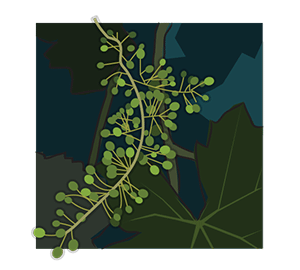
As the now-pollinated flowers drop their petite petals, a tiny, green sphere begins to emerge at the end of the stem. As these little grapes grow, bunches begin to take their familiar shape. Frost is still a concern, with vintners keeping an eye on the weather on an almost moment by moment basis. Once set, the fruit will begin to ripen under the influence of Napa Valley’s dry Mediterranean climate. This unique climate is found on only 2% of the earth’s surface and contributes to the consistent quality found in Napa Valley’s wines.
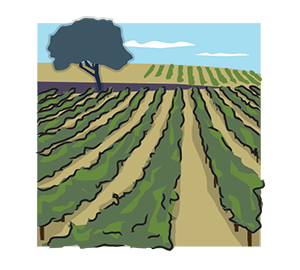
At a certain point, the vigorous shoot growth that has occurred during the spring must be managed to ensure optimal grape production and ripening. A complex process, canopy management refers to a variety of decisions and actions related to leaf removal, vigor management, shoot thinning and shoot positioning. The goal is to achieve the perfect balance of shade, sunlight and air circulation around each grape bunch, which will promote optimal ripening. In Napa Valley vineyard workers often make more than 20 passes through a single row of vines each year, part of our artisan approach to agriculture.
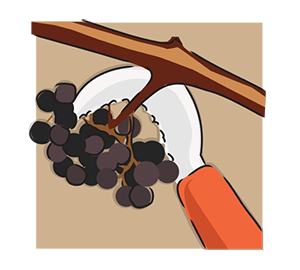
Often called “green harvesting,” crop thinning refers to the dropping of unripe grape bunches that are not perfect and which may not be developing in an even pattern. This is one of many ways that grapes in Napa Valley are purposely tended to yield only half the amount of grapes per acre compared to any other wine region in California. And, its one of the reasons that Napa Valley’s average price per ton of grapes is approximately five times the California average price per ton.
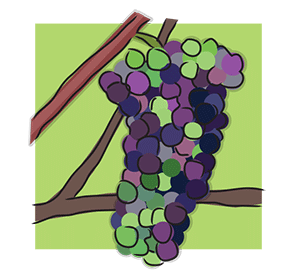
All grape varieties begin their yearly journey green in color. It’s not until mid-summer that red or white grapes reveal their identity to the untrained eye. This period of grape pigment development is called veraison and, just like bud break, occurs over a long period of time, depending on the grape variety and the micro-environment of a particular vineyard site. Napa Valley experiences wide diurnal temperature swings – the variation between daytime and nighttime temperatures – sometimes as much as 30-40 degrees Fahrenheit. It’s one of the many reasons why Napa Valley is such an ideal place to grow fine wine grapes. The heat of day promotes ripeness and sugar development in the grapes. The cooler, often fog-infused nights help the grapes to retain acidity and freshness, resulting in beautifully balanced flavors.
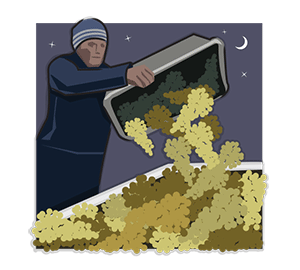
This is it. Half a year of getting to know each and every vine culminates in a magical moment when we pick our grapes, mostly by hand and often at night. Brix - or sugar levels - are measured. Grapes are tasted and then tested for the maturity of a kaleidoscope of phenolic compounds, which add layers of flavor, color and texture to Napa Valley wines. Since we make all styles of wine in Napa Valley, our harvest usually begins in early August for the grapes that become sparkling wines. Grapes for still white wines are picked next. Harvest continues through late October – sometimes early November - for red varieties. It can last until December for late-harvest dessert wines. Although world-renowned, Napa Valley’s wine grape harvest is quite small – just 4% of California’s total annual harvest. However, wine produced in Napa Valley accounts for 50% of the retail value of all California wine sold.
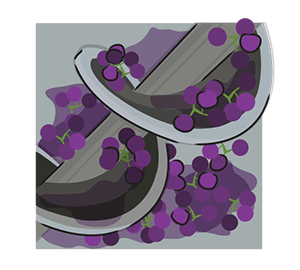
Napa Valley winemakers employ some of the latest technology in their pursuit of making the finest wine in the world. Stainless-steel machines await the arrival of the grapes from the vineyard. Next, grapes for red wines enter the de-stemmer and come out the other side as individual berries. Some wineries employ the use of an optical sorter at this point This new technology sets tight specifications into a computer-controlled monitor to only allow fruit with particular qualities to make it through. Grapes are then gently crushed and sent to the appropriate vessel to ferment on their skins. White wine grapes are placed into a press that gently squeezes the whole bunch to release its juice, which is then transferred to a fermentation vessel without the grape skins.

Fermentation is the age-old process of yeast converting sugar-laden grape juice into wine. Because of the myriad grape varieties that are grown in Napa Valley, and the drive by winemakers to craft the finest wines in the world, fermentation techniques abound. With white wines, Chardonnay is often barrel fermented and goes through malolactic fermentation to create complex, creamy notes. Sauvignon Blanc and other light white varieties are fermented at cool temperatures in stainless steel to preserve primary fruit aromas and crisp acidity. Pinot Noir will typically sit on its skins for a few days before fermentation in a “cold soak” to extract more color from this thin-skinned, red variety. Cabernet Sauvignon and other high tannin red grape varieties, like Syrah and Petite Verdot, often spend time on their skins after fermentation to soften the tannins and create deeper color and a denser mouth feel in the resulting wine.
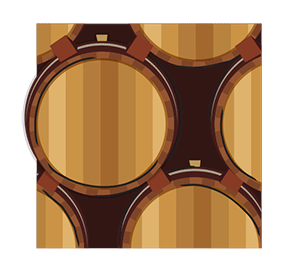
During the aging of our wines, Napa Valley winemakers use a wide spectrum of techniques to allow flavors to develop over several months or even a couple of years. Decisions on the use of stainless steel or French or American oak, the toasting level of the wood barrels, how to strike the balance between the stronger character of new oak versus the more neutral nature of previously used barrels, and innovative techniques such as aging in concrete vessels shaped like eggs, all affect the flavor of the final wine.
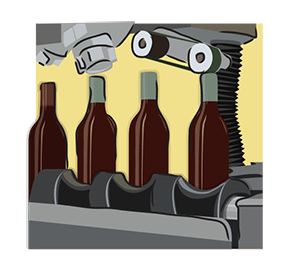
Determining when to bottle a wine is very personal decision for the winemaker and is highly dependent on the vintage and character of the wine. For a light white wine like Riesling, it may require no further thought than allowing the wine to stabilize in tank for a few months after fermentation. In contrast, for a barrel-fermented Chardonnay, a period of lees stirring in barrel over the course of year might precede a settling period before bottling. For red wines, aging wine in oak for 18-24 months is not uncommon, and allows complex flavors and aromas to develop in the wine. When to end this sojourn in wood depends on several factors and each winemaker in Napa Valley has their method. In the end, all the technology and information we have at our disposal cannot take the place of our palates, intuition and experience.